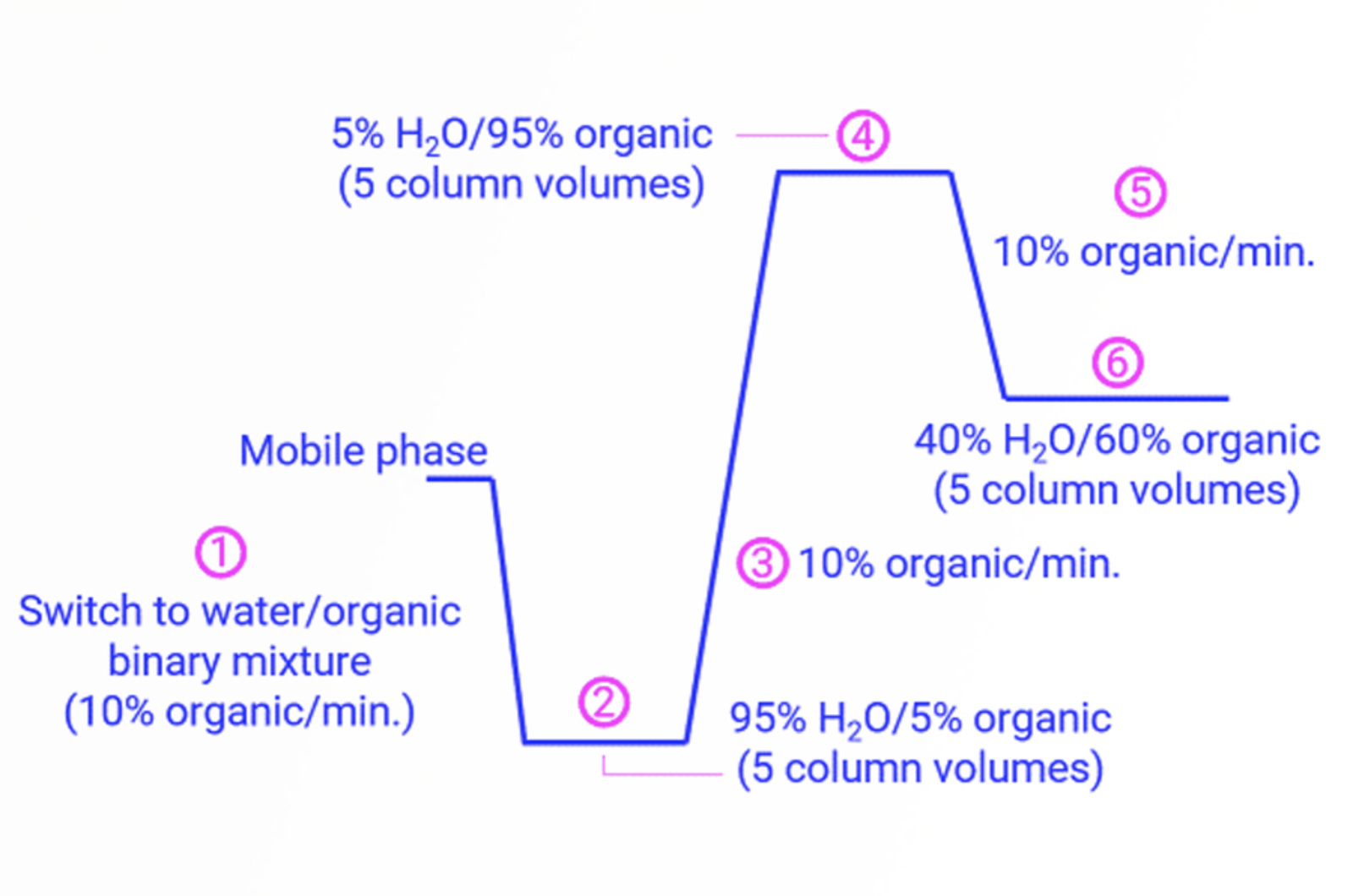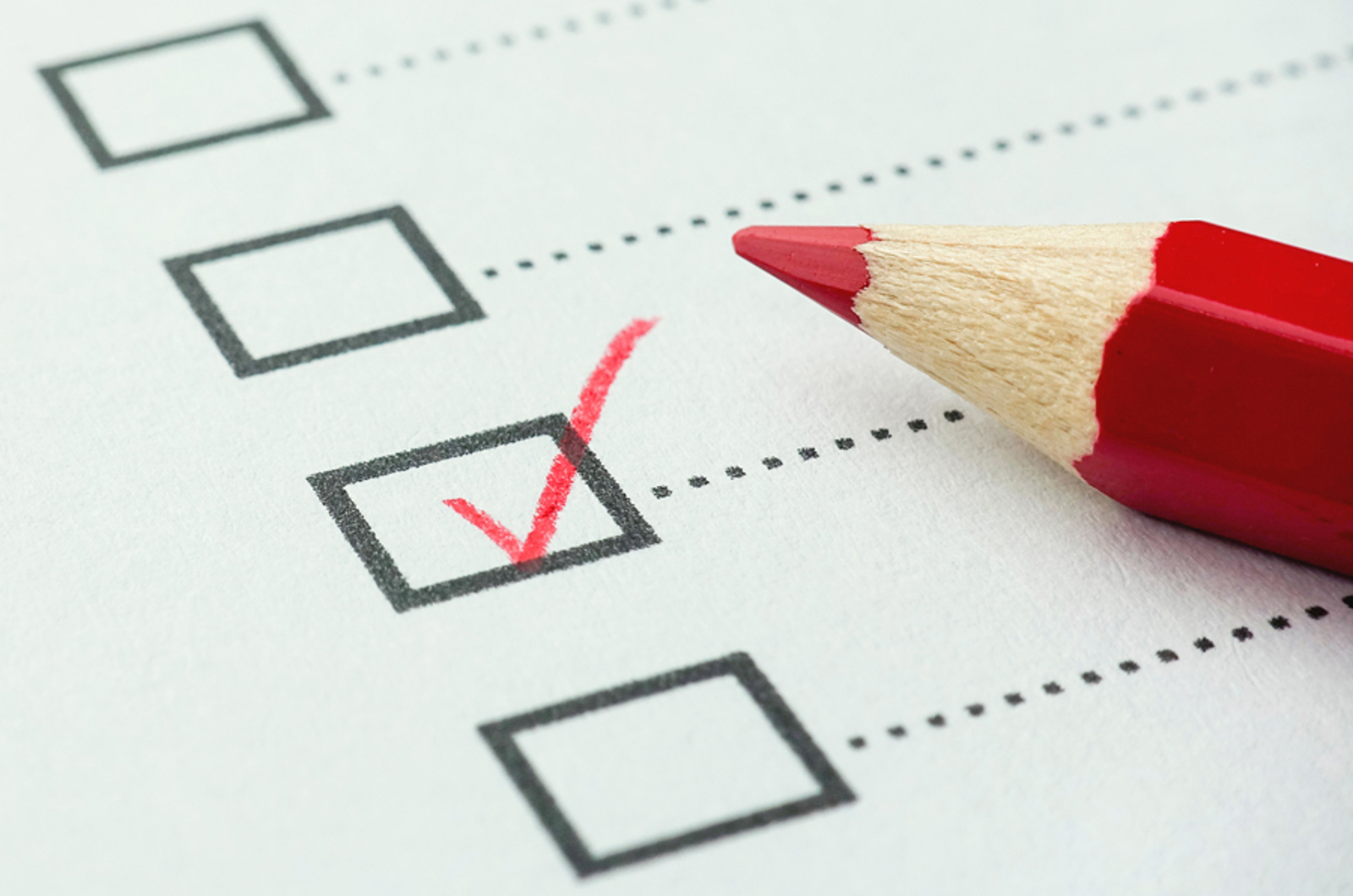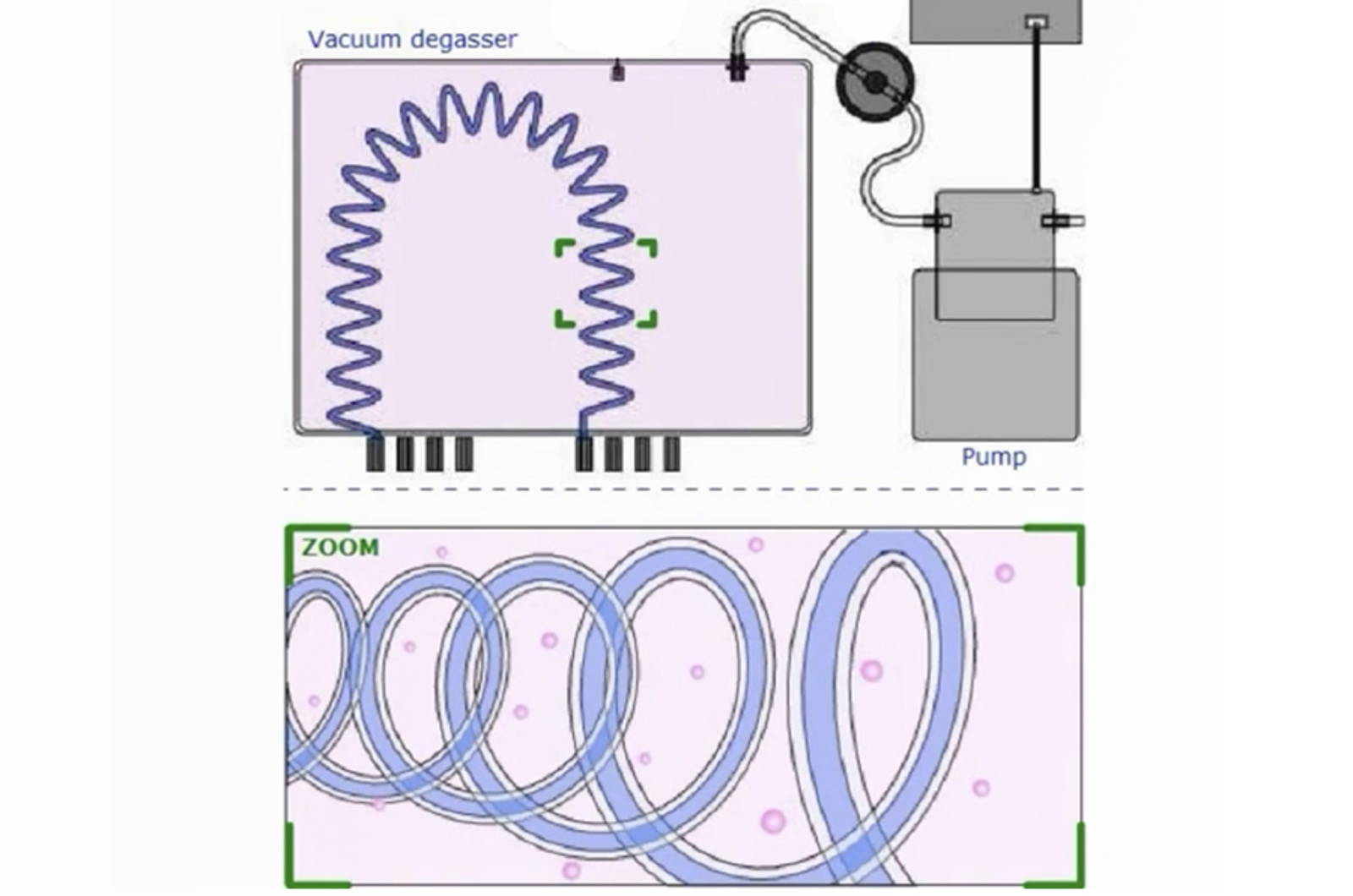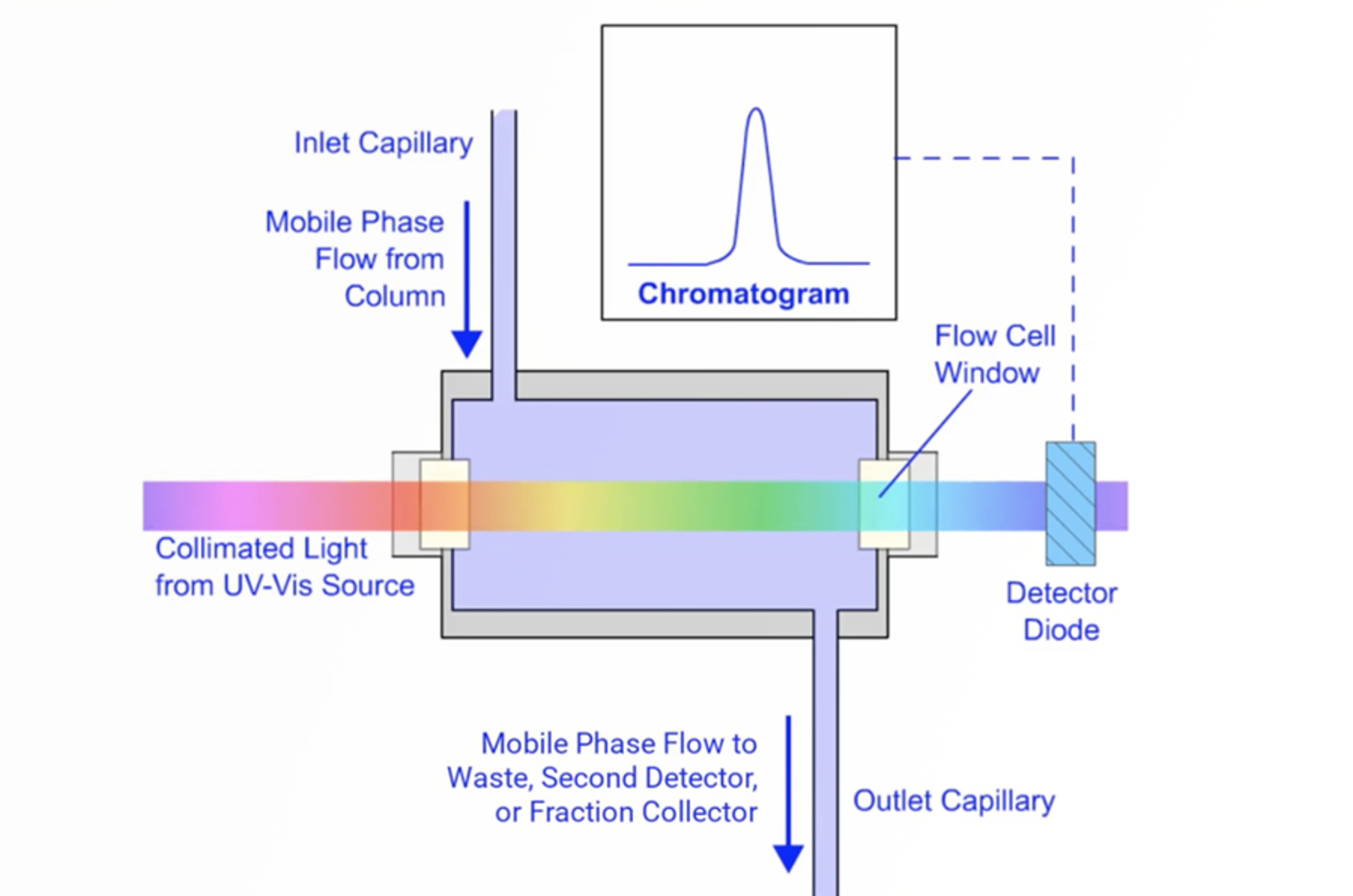HPLC Instrument Fundamentals
This learning path on HPLC instrument fundamentals covers essential protocols, system setup, and optimization. It includes a setup checklist, degasser, pump, autosampler, and detector optimization and troubleshooting. Practical strategies focus on maintenance, diagnosing issues, and ensuring reliable, high-performance chromatography for accurate and reproducible results.
2 Webcasts 2 Quick Guides

4 Items

Essential HPLC Protocols
Here are some essential protocols for looking after your HPLC system and column.

Checklists Are Only for Pilots?
Try using the following checklist as an example before setting off a run on a UV HPLC system.

Optimize and Troubleshoot Your HPLC System: Degassers, Pumps, and Autosamplers
Learn how HPLC instrument components function in order to correctly maintain and troubleshoot the system for maximum up-time and optimum chromatography. This webcast will focus on the degasser, pumps, and autosampler. Poorly degassed solvents will cause noisy baselines and columns may be damaged; pumps which do not deliver the correct flow rate can result in drifting retention times; while an autosampler which does not deliver the correct sample volume will impact peak shape and quantitation.

HPLC Detectors – What, Where, When, and How
This webcast will focus on the operation and optimization of the most common detectors. As well as considering the working principles of each detector we will discuss the advantages, disadvantages, and application areas for each detector type. This in-depth review of HPLC detectors will result in a better understanding of the operation, optimization, and detector choice for every application.
